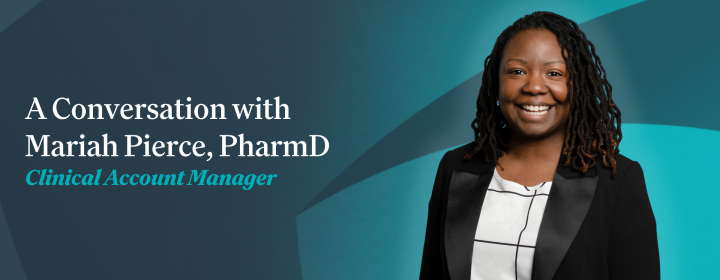
Most Open Enrollment meetings spend a lot of time on medical coverage networks, deductibles, and co-pays. Pharmacy benefits? They usually get a couple of bullet points near the end, just before people mentally check out.
That’s a real miss.
Pharmacy is where employees engage with their benefits most often. In fact, patients visit their community pharmacist 12 times more frequently than their primary care provider. It’s where issues often surface first, and where the strength of your entire benefits strategy is tested in real time. One study even described pharmacists as the “most accessible, reliable, and frequently visited providers of health care”. That makes pharmacy not just a service, but the front line of the benefits experience.
Prescription drugs are also the fastest-growing part of employer health costs, rising 7.2% per employee in 2024. Yet, the pharmacy benefit conversation is rarely given the same focus as medical, dental, or even vision.
Consider this: an employee walks into the pharmacy to refill their regular cholesterol medication. They've been on the same prescription for years. But this time, the pharmacist tells them it’s no longer covered. The cost? $280 out of pocket. The employee leaves frustrated, unaware a clinically equivalent, fully covered alternative was available, if only they had known to ask.
That moment doesn’t just create a bad interaction. It reshapes how employees view their benefits, and the people behind them.
If you want Open Enrollment to reflect the full value of your program, the pharmacy conversation can’t come last or be treated like a footnote. It needs to be intentional. It needs to be clear. And above all, it needs to show that real support is in place when it matters most.
Here are three experience-first strategies to make that happen:
1. Put Pharmacy at the Front of the Conversation
Pharmacy benefits typically show up near the end of the Open Enrollment deck, after medical, dental, and everything else. But that’s exactly when people stop listening. And it sends the wrong message: that pharmacy isn’t as important.
In reality, it’s one of the most visible and frequently used parts of the plan. When pharmacy goes wrong, employees don’t think about formulary logic or cost management. They think the plan failed them.
What to do:
Bring pharmacy forward in the conversation. Not just a slide at the end, but a meaningful moment early in the presentation. Give employees clarity on how to get help, what’s changing, and where to go with questions. And if you’re working with a pharmacy benefit manager that will join your open enrollment discussion, don’t pass this up.
2. Go Beyond the Numbers and Focus on the Support
Most pharmacy benefits communication stops at the math: tiers, co-pays, and cost-saving programs. That’s important, but it’s not the whole story.
When an employee is standing at the pharmacy counter, overwhelmed because their medication suddenly isn’t covered, they don’t care what tier it’s in. They want someone to help them understand their options. That kind of support changes how people experience the plan.
What to do:
Choose a pharmacy partner that offers real-time, real-human support—not just for members, but for HR and brokers too. Show employees what that support looks like: clinical outreach, medication reviews, guided transitions to lower-cost alternatives. These are the moments that turn a pharmacy plan from functional to trusted.
3. Make Sure You’re Not the Only One with the Answers
When pharmacy questions come up, they often land in HR’s inbox or on the broker’s desk. Questions like “Why isn’t this covered anymore?” or “What do I do if I can’t afford this?” aren’t easy to answer without backup.
The truth is, most HR teams and brokers aren’t given the tools or access they need to respond with confidence. That’s not just inefficient; it’s risky.
What to do:
Ask your PBM to show up. Literally. Will they bring a live, knowledgeable representative to your Open Enrollment meetings? Can they answer coverage questions on the spot, for real people in real time? If not, you may be doing too much heavy lifting on your own.
The best pharmacy benefit partners support your people, and they support you, too.
Pharmacy Is Not Just a Benefit, It’s a Reflection of Your Organization’s Values
Pharmacy isn’t just a line item on a renewal spreadsheet. It’s where employees feel the impact of their benefits plan directly, often when they’re at their most vulnerable. How well that moment is handled shapes how they see the plan, the company, and the people supporting it, including HR and the broker team behind the scenes.
Open Enrollment is your opportunity to show that you’ve thought about those moments. That you’ve planned for them. And that you’ve partnered with a pharmacy benefit manager who understands this isn’t just about cost savings or clinical pathways; it’s about people.
When pharmacy is treated with the same focus and care as medical, the difference is immediate. Employees feel more confident. HR feels more supported. And brokers are better equipped to showcase real value, not just plan design.
Expect More from Your Pharmacy Strategy
If your pharmacy strategy still feels like an afterthought, maybe it’s time to expect more from your PBM and from the partners you rely on to deliver it.
Let’s talk about what that could look like.








